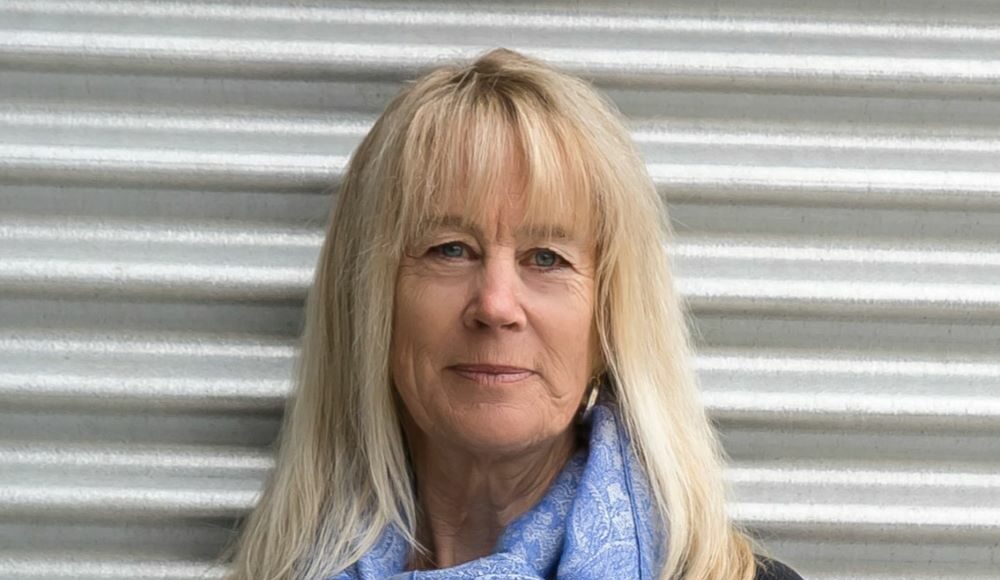Santa Cruz author Peggy Townsend talks about her brand new adventure novel, The Beautiful and the Wild, launched Nov. 7 at Bookshop Santa Cruz.
Christina Waters: In your previous Aloa Snow books you capitalize on physical jeopardy with which to trigger the action surrounding (and propelling) your main characters. In this new book as well, your protagonist finds herself in personal danger. What is it about this scenario that appeals to readers, and writers?
Peggy Townsend: That’s a great question. I think our attraction to stories of physical jeopardy stems not only from some ancient part of us that was built to survive wild animals, starvation and storms but also because we live in a society where risk is constantly being mitigated. I think that many of us still crave that adrenaline rush of physical jeopardy, a way to test our strength and power. It’s why we climb mountains, run rivers, attempt marathons, surf big waves. We long for adventure and physical challenge—both in our lives and in our books. I wanted readers to feel that rush when they read.
CW: Does this thriller contain a degree of true, personal confession? Have you ever experienced this kind of physical danger?
PT: I wouldn’t say there’s anything confessional in this book but a novelist can’t help but draw on personal experiences when they write. I’ve been in a few tense situations both as a journalist and as a mini-adventurer. I used those fear experiences to fuel the actions and responses of my protagonist in this book.
CW: I know you spend time each year in breathtaking Sierra backcountry. What drew you to Alaska as a setting for this new book?
PT: My husband and I spent two months traveling the Yukon and Alaska in our van. We were stunned not only by the beauty of the place but also by the sheer scale of it. We found ourselves camped by lakes without another person in sight and hiking toward mountains we thought were close but were actually miles away. When I set out to write a book about secrets being concealed and revealed, Alaska seemed like a place where you could hide but also where the harshness of the land would peel back your layers of protection.
CW: Your new book free-ranges across descriptions of densely forested landscape, tense exchanges between romantic rivals, apparently casual conversations in which dangerous secrets must be hidden, and technical descriptions of wilderness survival techniques. Plot, characters, and environmental description: which of these was most difficult?
PT: I like that idea of free-range writing. I would say that for me, the most difficult part of the writing process was capturing the feeling of living in a harsh wilderness. I had to combine research with my time in Alaska and the winters I spent in our little cabin in the woods. In those early years, we had to hike a quarter-mile through the snow to bring in groceries and supplies, chop and haul wood to heat the cabin, keep the pipes from freezing. I multiplied those experiences by one hundred to come close to what my characters were experiencing.
CW: Your protagonist and her special-needs son form the emotional center of this book. Was the choice of a developmentally alternate character a plot device intended to deepen the bond with Russo?
PT: From the beginning, I wanted my protagonist to be a mother who was driven to save her son. At one point, I happened to come across an article about Williams Syndrome, a genetic condition that is characterized by cardiovascular problems and learning challenges that come side-by-side with a love of music, wonderful verbal abilities and highly social personalities. I read more and my character Xander was born. His superpower is honesty and openness, which the adults in this novel clearly don’t have. ⬛












